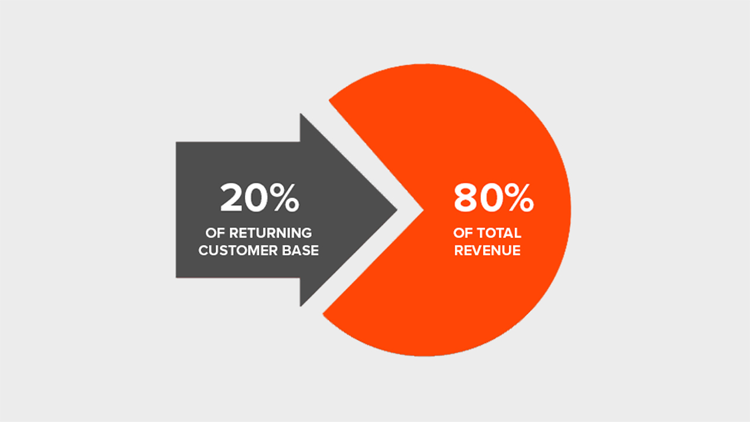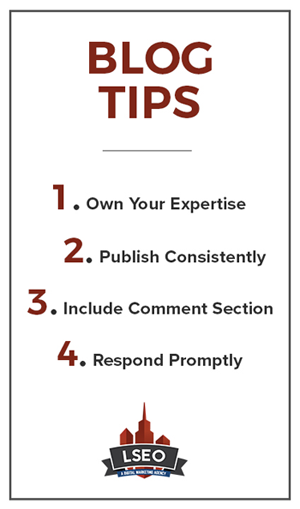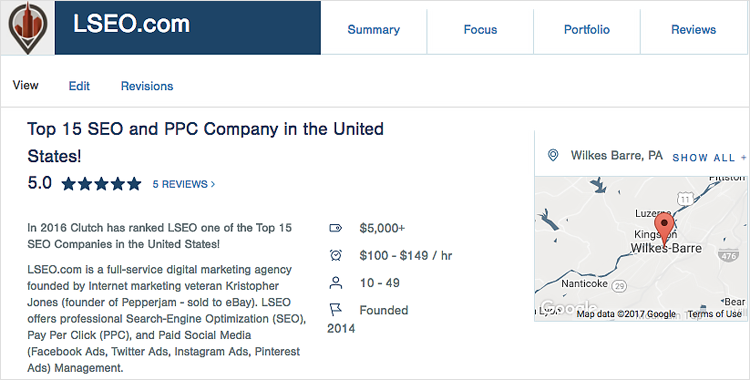![How to Create a Digital Marketing Budget [With Template]](https://img.shgstatic.com/clutch-static-prod/image/resize/715x400/s3fs-public/article/cbefcf801b6c486982d781482f9a654f.png)
![How to Create a Digital Marketing Budget [With Template]](https://img.shgstatic.com/clutch-static-prod/image/resize/715x400/s3fs-public/article/cbefcf801b6c486982d781482f9a654f.png)
Updated January 3, 2025
Although having an audience is beneficial, it does not create brand loyalty. Building a community brings loyal, repeat customers who interact with your brand and increase your conversion rate.
Growing your “audience” may increase your sales, but building a “community” leads to loyal customers who help you promote your brand.
People in your audience usually interact with your brand once.
Looking for a Digital Marketing agency?
Compare our list of top Digital Marketing companies near you
For example, an audience member may like a social media post or visit your website but most likely will not become a repeat, loyal customer.
On the other hand, people in your community usually engage in multiple transactions with your company over an extended period of time.
They are loyal, repeat customers who interact with your brand by:
The solution to increasing your conversion rate is to build a community, not simply an audience.
This article introduces two concepts that shape how I’ve built a community for my digital marketing startup agency LSEO.
Then, it explains four steps that will help you build a community for your brand over time.
Fostering a community of brand loyalists is a cheaper alternative to marketing to new customers and results in a greater return on investment (ROI).
This logic follows the Pareto Principle (80/20 rule), which states that 80% of your revenue will be concentrated within 20% of your returning customer base.

The 20% of your customer base that makes up your brand community is more likely to make purchases (resulting in more conversions) because they have a relationship with and trust your brand.
For example, some people always look to Nike for athletic gear and shoes. They may even go so far as to travel to another store if the first location does not sell Nike sneakers.
Brand loyalty also makes products less sensitive to price changes.
For example, if Apple increased its iPhone price by 5%, it would not lose its customer base because they are loyal and rely on Apple for their phone and computer use.
Customers who have a positive experience with your company do not become loyal followers automatically.
In fact, 60% to 80% of customers who have a “satisfying” purchasing experience do not return.
For example, imagine that you bought a new mattress five years ago. Now, it’s time to buy a new one, but you can’t remember where you bought the first mattress.
So, you find a comparable product, regardless of brand, and buy yourself a new mattress.
In this scenario, the mattress buyer does not have loyalty to a specific mattress brand. Therefore, she will not take extra steps to promote the mattress store and may even forget where she made the purchase in the first place.
So where should businesses focus their marketing campaigns?
How do you build a community around your product and your name?
To help you get started building a community of loyal followers, here are four steps to consider: content creation, search engine optimization (SEO), email marketing, and loyalty programs.
 Consistently creating high-quality, useful content is one way to create trust in your brand over time.
Consistently creating high-quality, useful content is one way to create trust in your brand over time.
Blogs are one source of content for businesses. In fact, 57% of content marketers say they produce blog posts for their company.
Articles published on blogs build trust over time by showing your company’s authority and expertise on a topic or providing an answer to a reader’s/potential customer’s question.
Businesses ranging from muscle car enthusiasts to financial investment firms can benefit from blogs by providing a unique spin on trends in their field, posting current promotions and giveaways, and getting relevant feedback from their core audience.
If you’re building an online community, people first need to know that your business exists. Your business has to be found online.
There are four steps you can take to improve your website’s rank in search engines.
First, register your business accounts on local directories. Make sure your profile includes information about your location and how customers should contact you.

Second, optimize all content and web pages for searcher intent, focusing on title tags and content headers so search engines can index your site more easily.
Third, create a Google Local Business page, and register it with Google Maps.
Google Local Business listings make it easy for customers to review your business. Research shows that having a large quantity of real, positive reviews will help your business show up more prominently in Google in response to a users’ search.
Fourth, make your call-to-action visible to customers on your landing page.
Overall, showing up on the first page of search engine results signals strong brand authority and trust.
Email marketing campaigns help keep first-time (and even repeat) customers engaged.
In fact, a recent survey of 1300+ businesses found that email is second to organic SEO in terms of ROI.
Both automated and personalized emails show customers that you care about their journey through the buying process and what to provide the information needed to make a purchase.
Loyalty programs encourage word-of-mouth advertising that raises brand awareness.
In fact, 74% of customers say word-of-mouth endorsements of a brand play a role in their purchasing decisions.
Create a loyalty program that offers free points or reduced prices on purchases to thank customers for their engagement.
Rewarding customers for interacting with your brand leads to more word-of-mouth advertising as customers share their reward online and talk about their interactions with your brand with friends.
Community-based marketing is a cheaper alternative to transactional marketing and therefore results in greater ROI.
Engaging consumers through content marketing, rewards programs, reliable SEO practices, and email helps you develop brand authority and build trust.
Community-based marketing is focused around the idea of brand building.
The stronger your brand name, the larger your audience, and, the more trusted your brand name, the more revenue you receive from your loyal consumer base.
Fostering trust in your brand translates to more connections with potential, new, and repeat customers and better feedback.
It may take more than a year of steady blog posts to reach 1000+ views. But, patience and modesty are the foundations of any marketing enterprise, and in the digital landscape, this theory also holds true.
![How to Create a Digital Marketing Budget [With Template]](https://img.shgstatic.com/clutch-static-prod/image/resize/715x400/s3fs-public/article/cbefcf801b6c486982d781482f9a654f.png)

